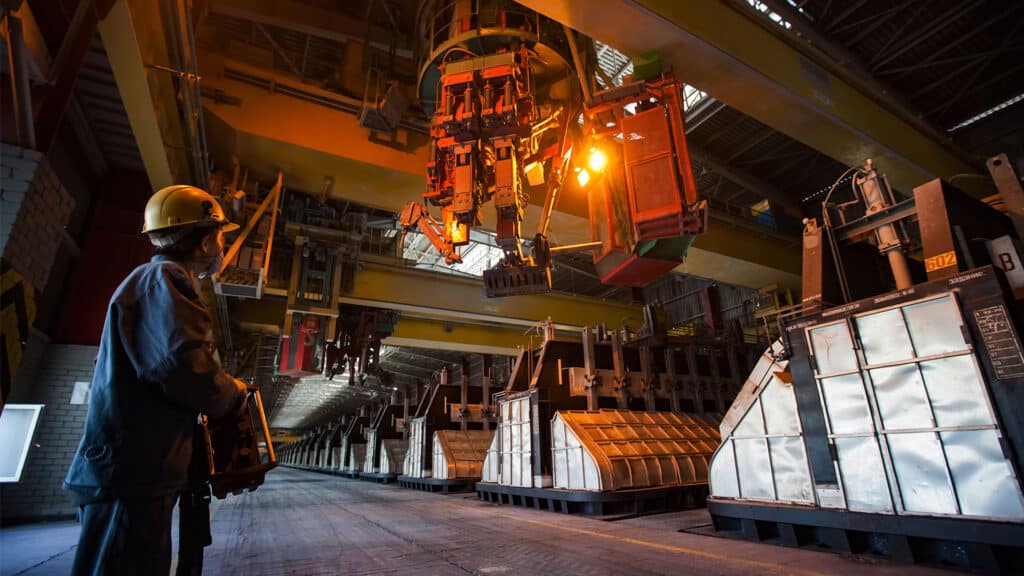Business activity in Kazakhstan is at record high, but weakening tenge could change that, Freedom Holding Corp. PMI shows

Freedom Holding Corp. Kazakhstan’s Manufacturing PMI (S&P) reached 53.5 in November, marking the highest level since the start of the survey in 2019. A rapid rise in new orders and a strong increase in output have boosted the sector’s performance. However, Freedom Holding Corp. warns that the situation could deteriorate due to the significant weakness of the tenge against the US dollar and other factors.
«However, the situation is complicated by ongoing logistical issues, rising raw material and supply costs, and the significant depreciation of the national currency. The combination of these factors has likely led to resources being diverted directly into production, with stocks reduced,» said Yerlan Abdikarimov, director of the Financial Analysis Department at Freedom Finance Global PLC.
In October 2024, the Freedom Holding Corp. Kazakhstan Manufacturing PMI® (Purchasing Managers’ Index™) was 51.7. In November, businesses hired additional personnel and increased their procurement of resources to cope with the influx of new orders. However, analysts pointed out that the employment rate was growing at a modest pace, while the purchased materials were being used up too quickly, leading to a decline in stocks.
Inflationary pressures slightly increased in November, analysts noted. The weakening of the tenge against the U.S. dollar led to higher raw material prices, which in turn affected the cost of finished products. Despite this, manufacturers continued to effectively manage the rise in new orders, reducing the number of unmet obligations. However, despite positive results, optimism waned slightly compared to October. More than 44% of respondents forecast further production growth next year, although these expectations were below the average over the past few years.

